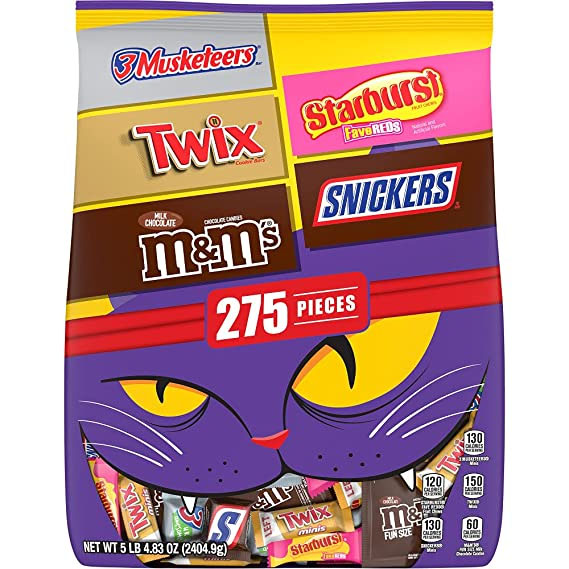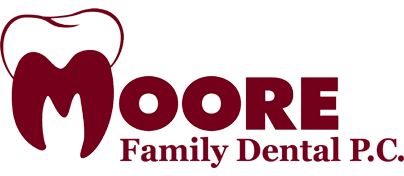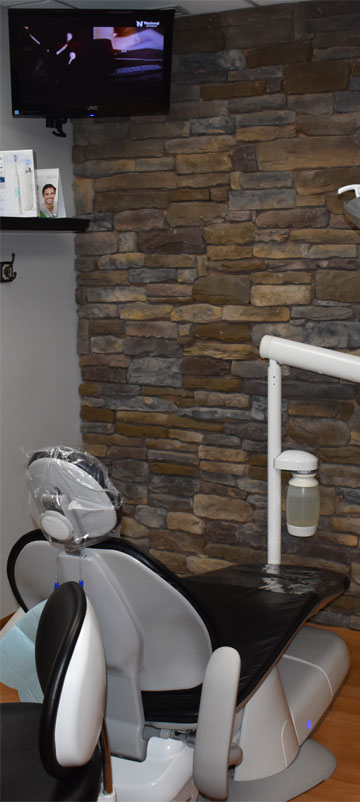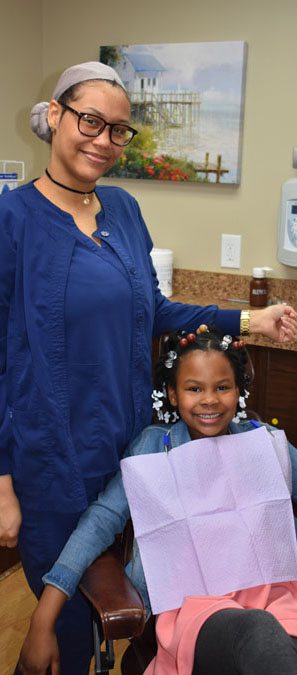 With Halloween comes ghosts, goblins and goodies – and the sugar in those treats can play some unwanted tricks on your teeth if you’re not careful.
With Halloween comes ghosts, goblins and goodies – and the sugar in those treats can play some unwanted tricks on your teeth if you’re not careful.
Here’s why: The bacteria in your mouth are probably more excited to eat Halloween candy than you are. When the bacteria eat the sugar and leftover food in your mouth, a weak acid is produced. That acid is what can contribute to cavities.
But don’t hang up your costume just yet. “Halloween is about candy, dressing up and having fun,” says ADA dentist Dr. Ana Paula Ferraz-Dougherty. “It’s OK to eat that candy on Halloween as a splurge as long as you’re brushing twice a day with a fluoride toothpaste and cleaning between your teeth each day, all year long.”
A regular oral hygiene routine using products that carry the ADA Seal of Acceptance can go a long way in helping keep your mouth healthy all year round, which is key during high treat times like Halloween. To earn the Seal, products are independently evaluated by dental experts to verify that they are safe and effective.
You can also choose wisely when it comes time to sort through the trick or treat bag. Here’s a rundown of common candies and their impact on your teeth:
Chocolate
Chocolate is probably your best bet, which is good because it’s also one of the most popular kinds of candy handed out on Halloween. “Chocolate is one of the better candies because it washes off your teeth easier than other types of candy,” Dr. Ferraz-Dougherty says. “Dark chocolate also has less sugar than milk chocolate.”
Sticky and Gummy Candies
Be picky if it’s sticky. These are some of the worst candies for your teeth. “This candy is harder to remove and may stay longer on your teeth, which gives that cavity-causing bacteria more time to work,” Dr. Ferraz-Dougherty says.
There is one exception to this rule, however, and that’s sugarless gum. Studies have shown that chewing sugarless gum for 20 minutes following meals can help prevent tooth decay. And if you see the ADA Seal on the package, you’ll know its sugar free and a safe treat for your teeth.
Hard Candy
Hard candies are also ones to watch on Halloween. “They can actually break your teeth if you’re not careful,” Dr. Ferraz- Dougherty says. “You also tend to keep these kinds of candies in your mouth for longer periods of time so the sugar is getting in your saliva and washing over your teeth.”
Sour Candy
You might want to pass on things that make you pucker – especially if they are sticky and coated in sugar. “Sour candy can be very acidic,” says Dr. Ferraz-Dougherty. “And that acidity can weaken and damage the hard outer shell of your teeth, making your teeth more vulnerable to cavities.”
Popcorn Balls
Have some floss handy if you’re enjoying one of these fall favorites. “Kernels can get stuck in-between your teeth,” Dr. Ferraz-Dougherty says. “They are also sticky, sugary and can be hard.”
After the Sugar Fix
Remember, Halloween is only once a year, and you can always start fresh with a good oral hygiene routine on November 1, which is National Brush Day. Throughout the year, be sure to:
- Brush twice a day with fluoride toothpaste
- Clean between your teeth daily
- Eat a healthy diet that limits sugary beverages and snacks
- See your dentist regularly
- Look for products with the ADA Seal of Acceptance



